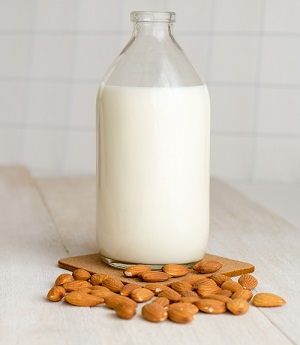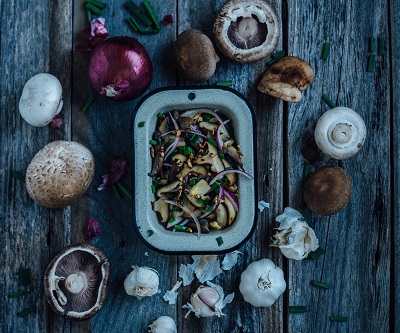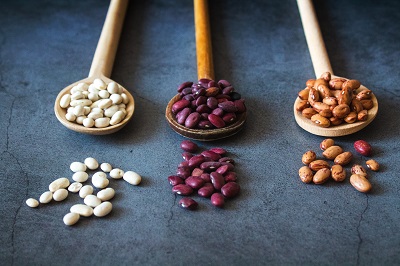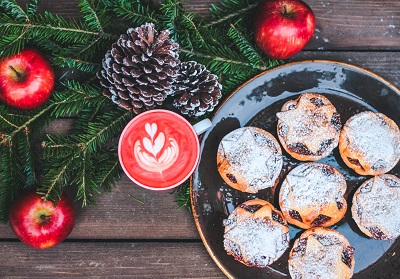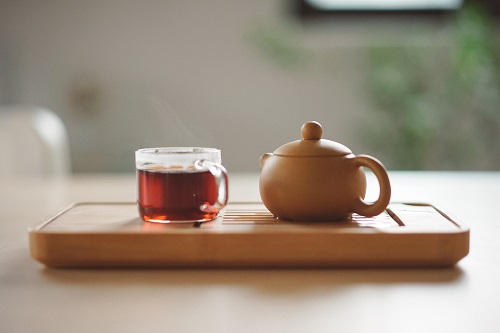Podcast Episode 19 – Eat More Fiber
We need at least 40 grams of fiber. The more the better. But 97% of Americans do not even eat 40 grams. In today’s podcast, we dive more in-depth into how and why we should be eating more fiber. We also list 10 high-fiber foods that can easily be incorporated into our diets. This episode […]
Continue Reading
